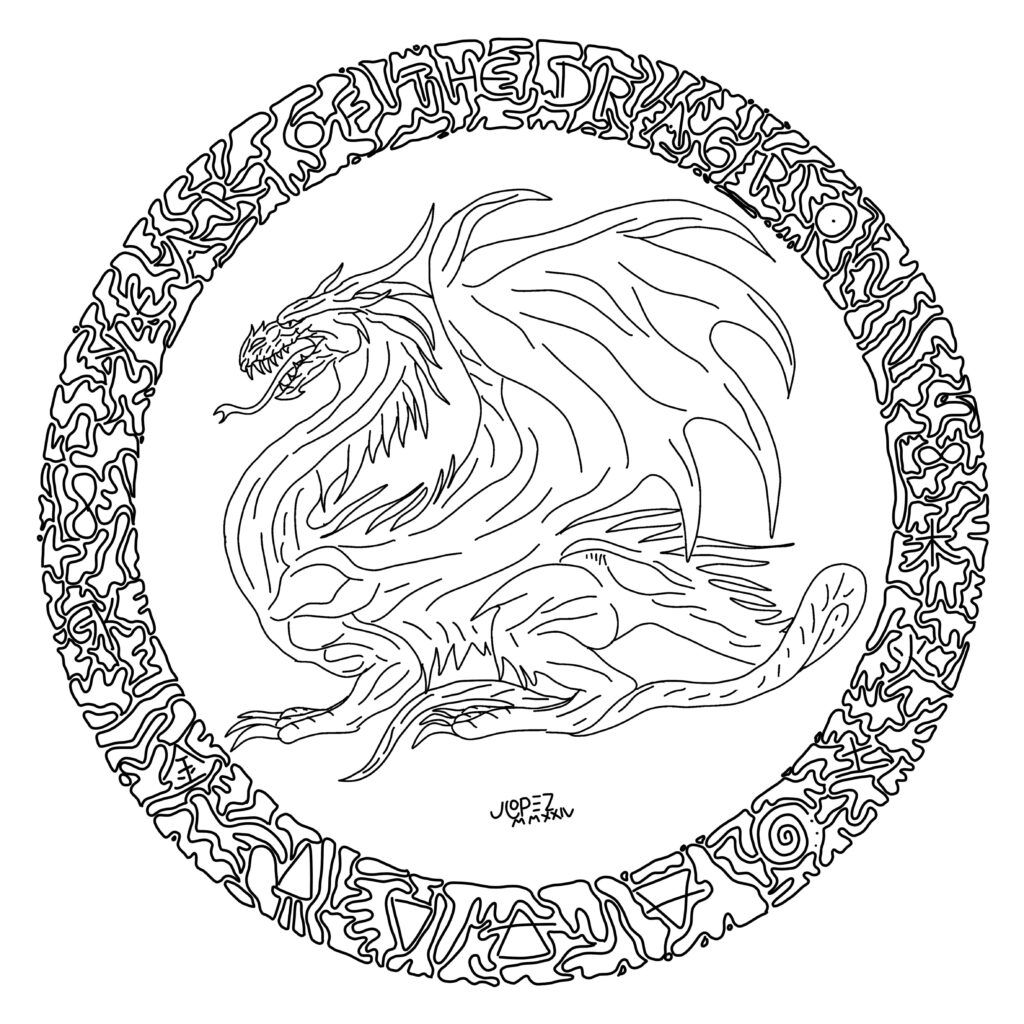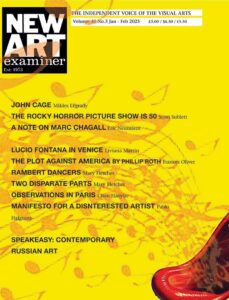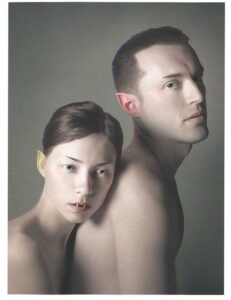by Daniel Benshana

I didn’t read The Faerie Queen by Edmund Spencer until I was twenty-six years old and ready to wade through 4,000 sonnets, but I was hooked from page one and recall the Knight defeating a dragon in typical romantic knightly fashion with lots of wounds from which he bled only to be nursed by a pretty damsel. Although he doesn’t have a dragon appearing in Well at the World’s End, William Morris did write about the saga of the Fall of the Nibelungs – with a Germanic dragon able to fly and willing to take on all comers. A depiction picked up by Tolkien is Smaug, one of the Drakes of the north, in his original fairy story The Hobbit – to my mind a better book than his popular Lord of the Rings. Smaug craves gold and kills to get it, enjoys riddles and smells out his enemies. CS Lewis took a similar but magical approach in the Voyage of the Dawn Treader where Eustace watches a dragon die, and walking into its lair falls asleep on its pile of gold waking to find himself transformed into a dragon. As with all things Lewis, this is a Christian morality tale where Eustace gains empathy as a hated and dangerous dragon, eventually turned back into a normal boy by the Jesus figure, Aslan the lion.
Kenneth Graeme and E Nesbit both took on the traditions and respectively in The Reluctant Dragon and The Last of the Dragons played with the notion of a dangerous beast intent on conquest, imprisonment and murder and gave them a more friendly character, even benign while keeping the magical element. E Nesbit, who may be better known as the author of The Phoenix and The Carpet, a masterpiece I came to as I was exiting childhood and wished I had found when I was eleven. Her point of views was of the ending of a species and an era.
The Clangers was a very popular stop motion children’s programme in the 1960s in which the soup dragon lives on a planet with the Clangers and helps them with their adventures. In the same decade Noggin the Nogg, a cut out adventure story of Vikings had a dragon that was intelligent enough to ask Noggin to help it and Noggin was wise enough to assist. Perfect for the under-fives.
While antiquity and the Bible yields up dragons and ‘perhaps dragons’, the last fifty years has thrown up an entire industry of intelligent dragons, magical dragons, powerful beasts half in love with someone (look at Game of Thrones) and the fairy tale for children has evolved into an adult genre with deeply political overtones and fearsome set piece battles. Dragons that fight on the side of justice and demand respect.
This can be seen as a description of how we have changed our own thoughts on the animal kingdom. Where once ‘beasts’ were to be feared or respected for their power, we have now become the beasts and we are no longer in the world of the brothers Grimm fairy tales but a world where dragons cannot exist because, despite their power and ability to defend the good, we would happily murder them all: intelligent, benign or reluctant as they may be.
As this Asian Year of the Dragon comes to a close, Art Lantern and Art Lantern provides a history of dragons in past and present eras, all over the world, honoring and accounting for the fear of Dragons, and celebrating their power and depictions in art, music and literature.

